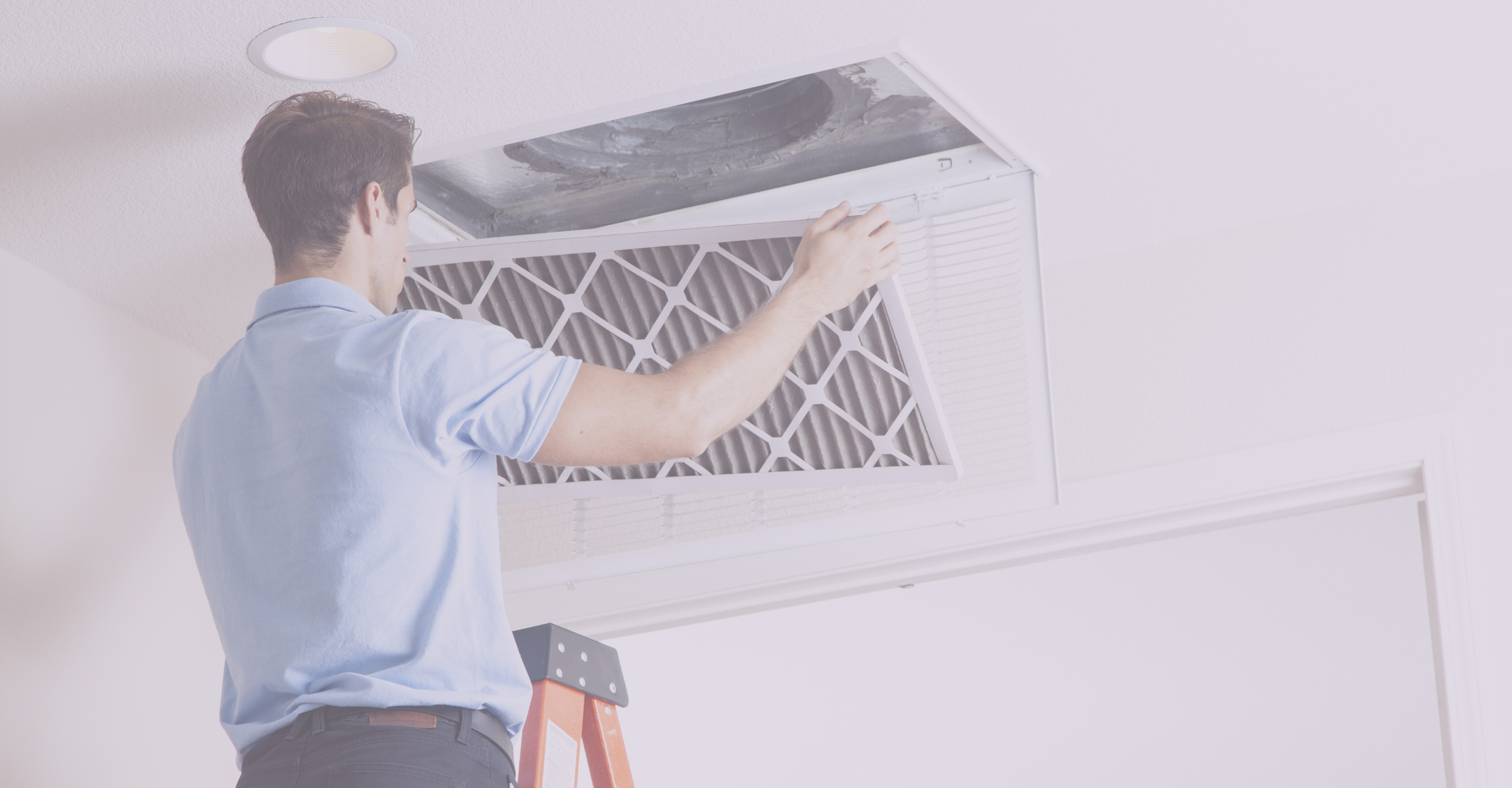29 Aug Which ductwork material is best?
Which ductwork material is best?
It depends on the individual property and the property-owner’s desires.
Each ductwork has strengths and weaknesses, factors you should consider when deciding how to channel cooled or heated air to the various rooms in your home or office.
Read this quick rundown on ductwork materials and call us if you have more questions. Dapper Ducts NYC handles all duct-related issues promptly and professionally.
- Fiberboard is made with fiberglass strands. It’s generally the least expensive ductwork, but its nooks and crannies trap debris that can find its way into the indoor air. It’s also vulnerable to airflow and efficiency problems.
- Flexible ducts are good, especially in tight spaces where rigid ducts aren’t feasible. While flexible ducts are inexpensive, too many twists and bends will sabotage the HVAC’s ability to deliver heated or cooled air. Not an installation job for the average do-it-yourselfer.
- Sheet metal ducts are built to move air for a long, long time. They’re made of galvanized steel or aluminum — surfaces that reject unhealthy growths such as mold. But these surfaces do collect dust, so from time to time you may need a professional cleaner to remove the dirt and preserve your indoor air quality
Add fiberglass?
Adding a fiberglass lining on sheet metal ducts will reduce heat loss and the system’s noise. However, fiberglass lining needs frequent cleaning, one reason why it’s more common in commercial buildings than residential.
Dapper Ducts NYC installs, services, and maintains ductwork in residential and commercial buildings throughout New York City. It also serves residential and commercial laundries.

